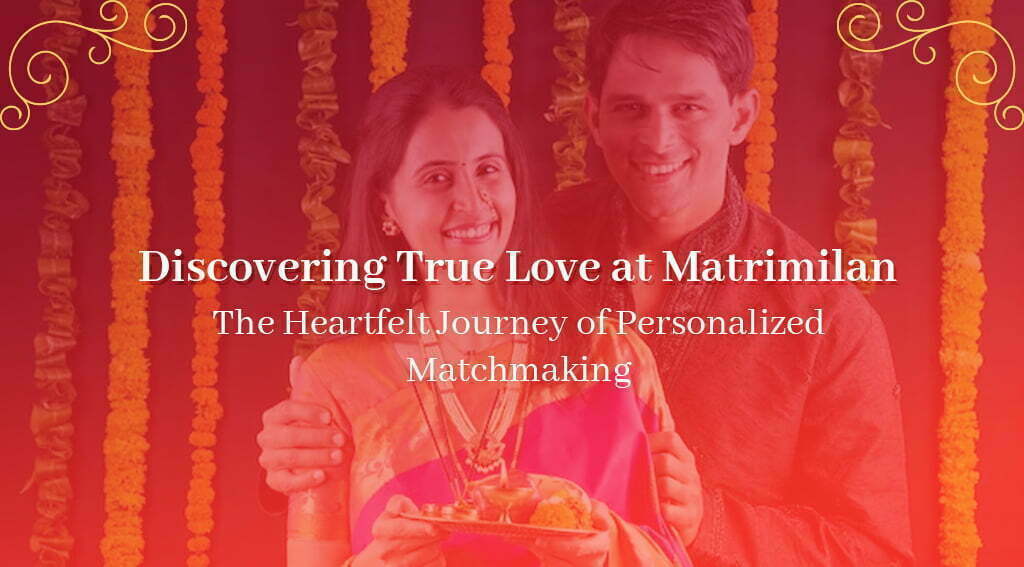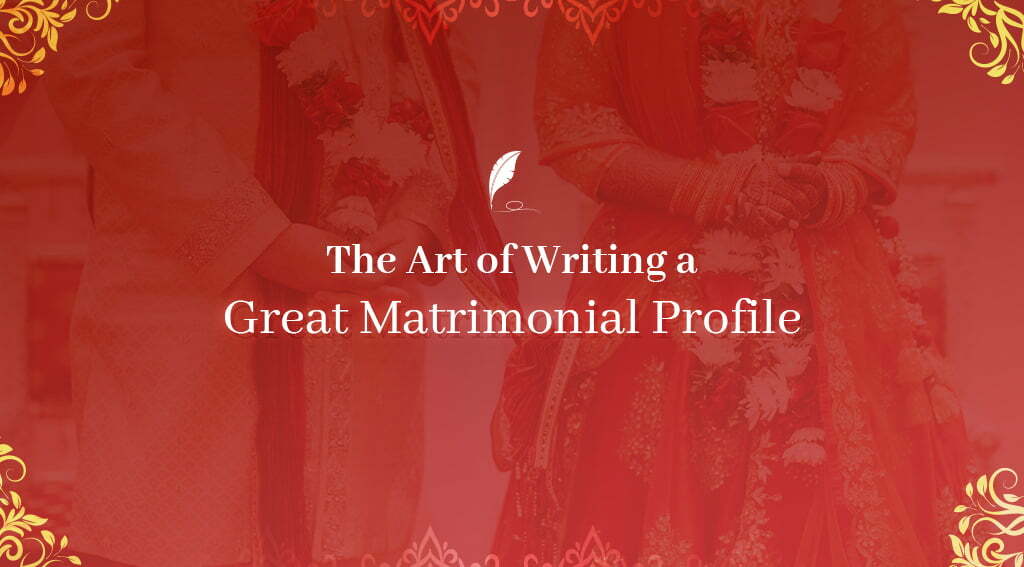Weddings are a celebration of love and unity, but the customs and traditions associated with these joyous occasions vary significantly from one culture to another. In this article, we will explore 11 fascinating wedding traditions from around the world that highlight the diversity and richness of global matrimonial customs.
Wedding Traditions From Around The World

From unique ceremonies to symbolic rituals, these traditions offer a glimpse into the cultural heritage and values cherished by different societies. So, let’s embark on a journey to discover the captivating wedding traditions from around the world that make each culture special and distinct.
1. Jumping the Broom: African-American Tradition

Overview
The African-American wedding tradition of “Jumping the Broom” is deeply rooted in history and symbolizes the couple’s commitment to building a new life together. This tradition originated during slavery when slaves were not legally allowed to marry. Instead, they created their own ceremony by jumping over a broomstick, signifying their union.
Significance
Jumping the broom holds great significance as it represents sweeping away the past and entering into a new chapter of life. This ritual has been passed down through generations, reminding couples of the strength and resilience of their ancestors.
Interesting Fact
The tradition of jumping the broom gained widespread recognition when it was included in the popular television series “Roots” in 1977, bringing attention to African-American wedding customs.
2. Mehndi: Indian Extravaganza

Overview
Mehndi, also known as henna, is a traditional Indian wedding ceremony that involves the application of intricate and elaborate henna designs on the bride’s hands and feet. It is a joyous pre-wedding ritual filled with music, dance, and celebration.
Cultural Significance
Mehndi signifies the auspiciousness of the occasion and is believed to bring luck, love, and prosperity to the couple. The intricate patterns are created using natural henna paste, and the darker the color of the stain, the stronger the bond between the couple.
Fascinating Fact
Apart from the bride, other women in the family also apply mehndi as a symbol of unity and love. It is often accompanied by lively music and dance performances, making it a vibrant and festive event.
Also Read | The Chinese Connection With ‘New-Era’ Marriage
3. Breaking the Glass: Jewish Tradition

Overview
In Jewish weddings, the tradition of breaking a glass holds deep spiritual and symbolic meaning. Towards the end of the ceremony, the groom smashes a glass wrapped in a cloth with his foot, and the guests cheer and shout, “Mazel Tov!” which means congratulations in Hebrew.
Symbolism
The breaking of the glass represents several things, including the destruction of the Second Temple in Jerusalem, a reminder of the fragility of life, and a call for the couple to remember the world’s sorrows even in times of joy. It also symbolizes the irreversible nature of marriage.
Notable Fact
The breaking of the glass is often followed by joyful celebrations, singing, and dancing, creating a jubilant atmosphere for the newly married couple and their guests.
4. Kente Cloth: Ghanaian Heritage

Overview
The Ghanaian tradition of incorporating Kente cloth into weddings is a celebration of their rich cultural heritage. Kente is a vibrant, handwoven fabric made of silk or cotton, adorned with colorful geometric patterns and symbolic motifs.
Cultural Significance
Kente cloth holds immense significance in Ghanaian culture, representing wealth, prestige, and cultural identity. It is often worn by the couple and their families during wedding ceremonies as a way to honor their ancestry and showcase their pride in their heritage.
Interesting Tidbit
Each pattern and color combination in Kente cloth has a specific meaning and conveys messages related to history, proverbs, or social values. The complexity of the designs reflects the depth of Ghanaian culture.
Also Read | 31 Royal Wedding Venues in Rajasthan in 2023
5. Circling the Fire: Hindu Ritual

Overview
In Hindu weddings, the ritual of circling the fire, known as “Saptapadi” or “Seven Steps,” is a sacred and symbolic act that signifies the couple’s commitment to each other and their journey together.
Ritual Steps
During Saptapadi, the couple takes seven steps around a consecrated fire while making seven vows to each other. Each step represents a promise and commitment to love, support, and cherish one another in various aspects of their married life.
Fascinating Significance
The fire represents purity and illumination, and by circling it, the couple seeks blessings from Agni, the Hindu god of fire. This tradition is considered one of the most essential rituals in Hindu weddings.
6. Lasso Ceremony: Mexican Tradition

Overview
The Lasso Ceremony, also known as “El lazo” in Spanish, is a prominent Mexican wedding tradition that symbolizes the couple’s unity and eternal bond. During this ritual, a floral rope or rosary is looped in the shape of a figure-eight around the couple’s shoulders.
Symbolism
The loop formed by the lasso symbolizes the unbreakable bond between the couple, and it signifies their eternal commitment to one another. It is often made of white flowers, representing purity, and is placed by loved ones or the officiant.
Interesting Detail
The lasso used in the ceremony is typically handed down through generations, becoming a cherished family heirloom. This tradition is prevalent in Mexican Catholic weddings and adds a touch of cultural heritage to the celebration.
7. Blackening the Bride: Scottish Charm

Overview
In Scottish weddings, the tradition of “Blackening the Bride” is a playful and sometimes messy custom that involves covering the bride with various substances like soot, feathers, and other sticky materials.
Purpose
The purpose of blackening the bride is to prepare her for the challenges of married life, with the belief that enduring this ordeal together will strengthen the couple’s bond. It is also considered a way to ward off evil spirits.
Fun Fact
Once the bride has been “blackened,” she is paraded through town or the village, often accompanied by music and cheering friends and family members. This tradition is a lighthearted way to bring laughter and merriment to the wedding festivities.
Also Read | Wedding Jewellery That Completes Every Tamil Girl’s Bridal Look
8. Tea Ceremony: Chinese Heritage

Overview
The Chinese tea ceremony is a deeply rooted wedding tradition that reflects the importance of respect, harmony, and unity within the family. It is an intimate ritual where the couple serves tea to their parents and older relatives as a gesture of gratitude and honor.
Symbolic Elements
The tea itself represents purity, stability, and fertility, while the act of serving tea symbolizes the couple’s willingness to show respect and gratitude to their elders. The order in which the tea is served follows strict rules of hierarchy.
Cultural Significance
The tea ceremony is not only a symbol of filial piety and respect but also a way to strengthen family bonds and seek blessings from older generations. It is a cherished tradition that continues to be an integral part of Chinese weddings.
9. Bridesmaids’ Games: German Fun

Overview
In some German wedding traditions, bridesmaids play amusing games and challenges to test the groom’s dedication and prove his love for the bride. These games often involve physical tasks, puzzles, or even pranks.
Purpose
The purpose of these games is to entertain and create a light-hearted atmosphere while allowing the bride and groom to bond with their friends and family members. It is also believed to bring good luck to the couple’s future life together.
Fun-Filled Games
One popular game involves the groom searching for his bride’s shoe among a group of bridesmaids. If he finds the correct shoe, it signifies that he knows his bride well. Other games include solving riddles, completing tasks, or performing comical challenges.
10. Blessing Dance: Native American Tradition

Overview
In Native American weddings, a blessing dance is often performed by the couple and their loved ones. This ceremonial dance is a spiritual and symbolic act that seeks blessings from the ancestors and nature for a prosperous and harmonious union.
Sacred Connection
The blessing dance is deeply connected to Native American spirituality, honoring the land, spirits, and the couple’s ancestors. The rhythmic movements and intricate steps hold immense cultural significance and are accompanied by traditional music and chanting.
Sacred Elements
Feathers, drums, and traditional regalia are often incorporated into the blessing dance, symbolizing the connection between the physical and spiritual realms. This tradition celebrates the couple’s roots and their commitment to preserving their cultural heritage.
Also Read | Unlocking the Secrets to Lasting Love: Pre-Marital Counseling with Matrimilan
11. The Money Dance: European Tradition

Overview
The Money Dance, also known as the Dollar Dance or Apron Dance, is a European wedding tradition where guests pay to dance with the bride or groom. It is a fun and interactive way to celebrate the couple’s wedding while contributing to their future.
Money as a Symbol
During the dance, guests pin money onto the bride’s gown or tuck it into the groom’s apron. The amount of money given represents the guests’ good wishes and financial support for the couple’s new life together.
Widespread Tradition
The Money Dance can be found in various European countries, including Poland, Greece, and Ukraine. It is a festive and entertaining tradition that often leads to laughter, joyful moments, and a boost to the newlyweds’ finances.
Conclusion
Wedding traditions from around the world offer a fascinating glimpse into the diverse cultures and customs that make each celebration unique. Whether you choose to incorporate one of these traditions or create your own, embracing the richness of global wedding customs can add depth and meaning to your special day. So, celebrate love in all its cultural glory and create a wedding that truly reflects your unique journey together.
FAQs
Are wedding traditions from around the world only for specific cultures?
No, wedding traditions from around the world are not exclusive to specific cultures. They can be adopted and incorporated by couples from diverse backgrounds who want to embrace and celebrate different customs.
Do couples have to follow all of these traditions at a wedding?
No, couples can choose which traditions they want to include in their wedding ceremony. The selection of traditions depends on their cultural background, personal preferences, and the significance they hold for the couple.
Can these traditions be modified to suit modern weddings?
Yes, wedding traditions are often adapted to suit modern weddings while still preserving their core symbolism and meaning. Couples can add their unique touch or blend traditions from different cultures to create a wedding ceremony that reflects their values and identities.
How can I incorporate these traditions into my own wedding?
To incorporate these traditions into your own wedding, start by researching the customs and meanings behind them. Choose the traditions that resonate with you and consult with your partner and officiant to determine how to best integrate them into your ceremony.





